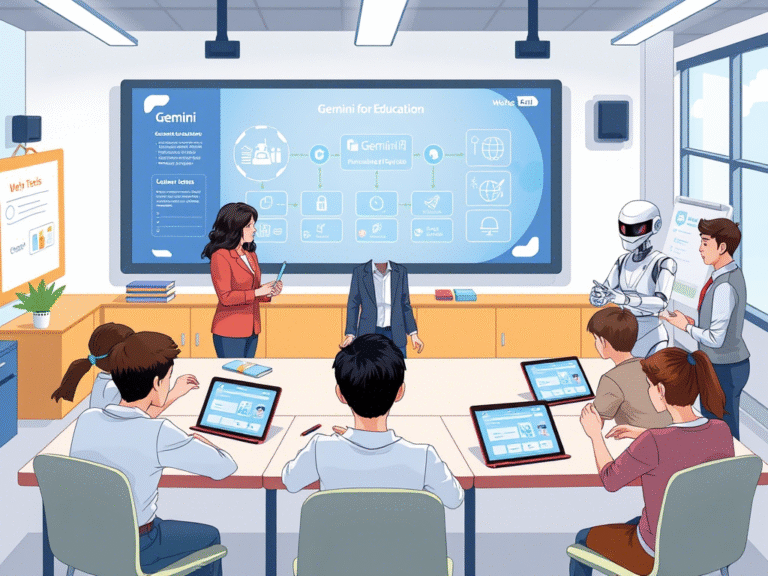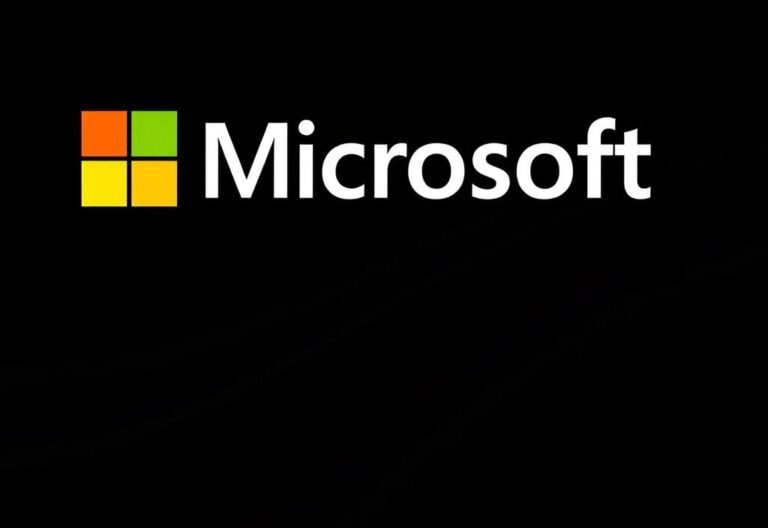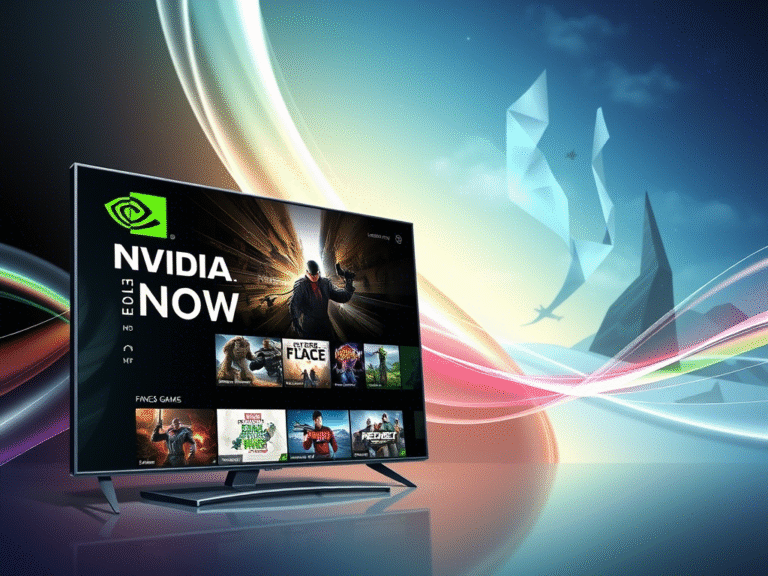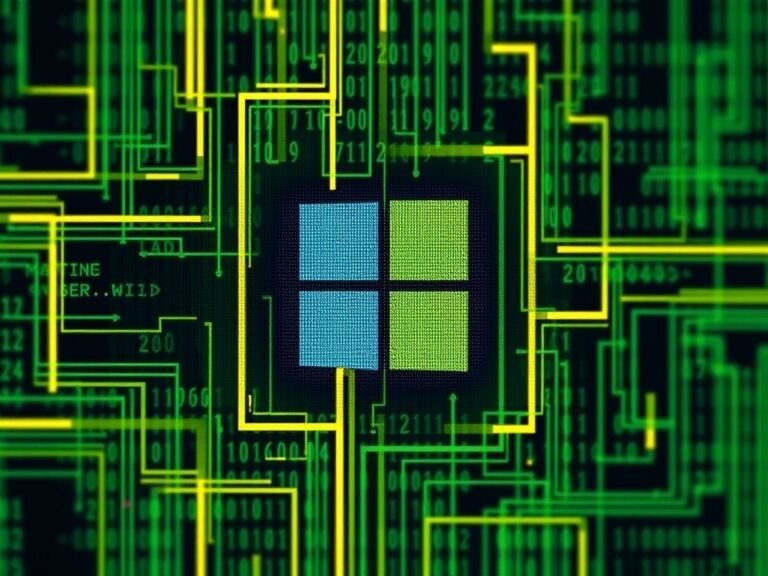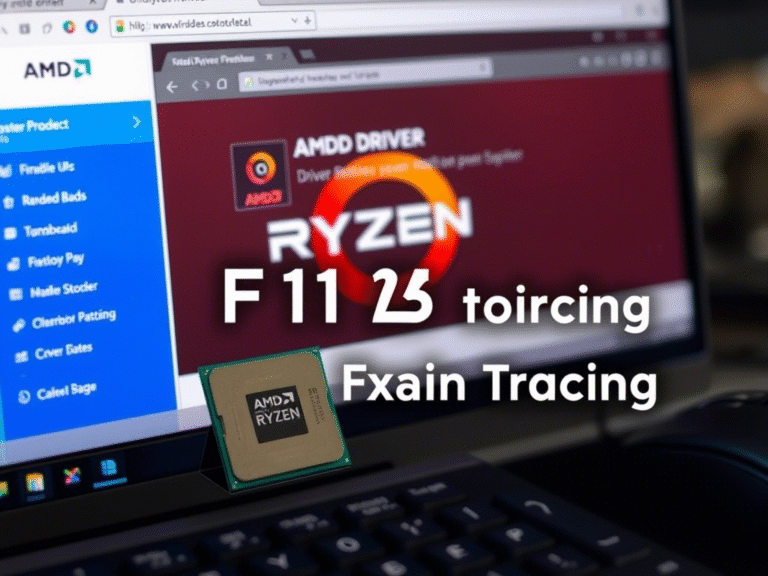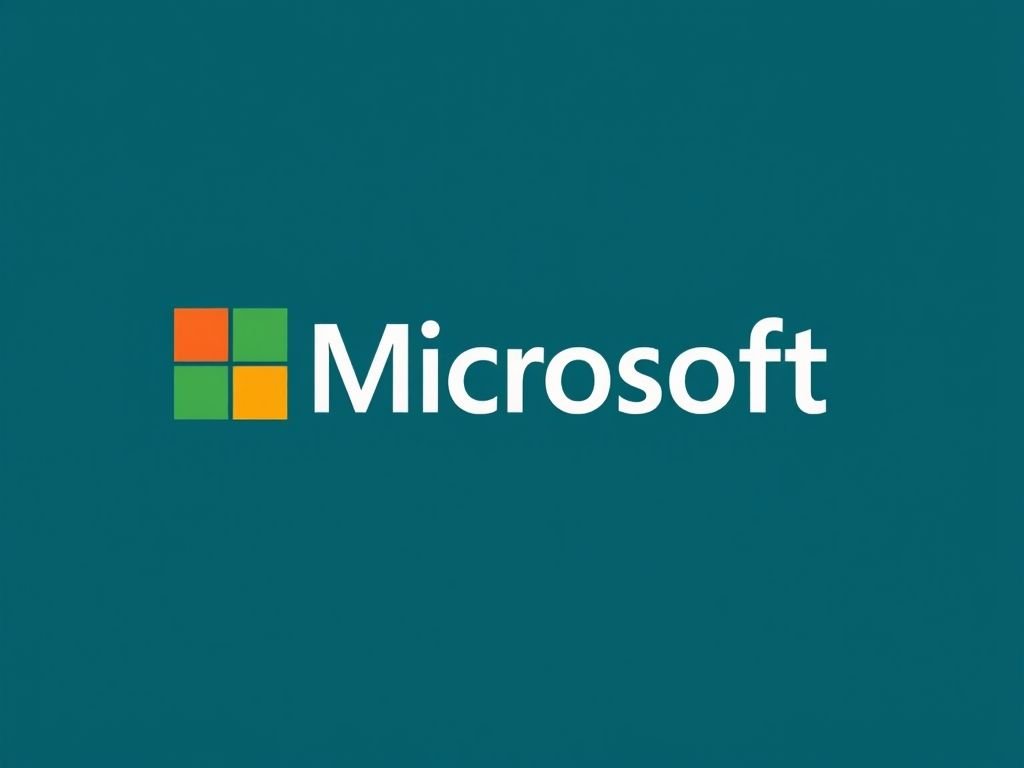
Why Microsoft’s TPM 2.0 Requirement Doesn’t Matter to Most Users
Over the past few years, Microsoft has been heavily promoting TPM 2.0 as a key feature of Windows 11 , positioning it as the backbone of next-generation security. Through a series of blog posts, guides, and public statements, the company has tried to position TPM 2.0 as a must-have component — a non-negotiable requirement for upgrading from Windows 10.
The underlying goal is clear: push users toward Windows 11 before Windows 10 reaches its end of life on October 14, 2025 . But there’s one big issue with this strategy — most Windows users simply don’t care about TPM 2.0.
🧠 Most People Don’t Understand (or Need) TPM 2.0
When the average person bought a Windows 10 PC, they didn’t ask whether it had a Trusted Platform Module (TPM) chip. They probably didn’t even know what it was. Even if they were interested in security features like Windows Hello , they likely cared more about the convenience of facial recognition or fingerprint login than the technical details behind it.
Similarly, technologies like BitLocker encryption , which rely on TPM, are rarely used by regular home users. In fact, many might be more concerned about potential performance issues caused by disk encryption than impressed by the added security benefits
⚙️ TPM 2.0 Is Invisible — And That’s Exactly the Point
TPM 2.0 works silently in the background, enhancing system security without requiring user interaction. This is actually a good thing — security should ideally operate behind the scenes, only becoming noticeable when something goes wrong.
However, this also means that only advanced users, IT administrators, or cybersecurity professionals truly understand or appreciate what TPM brings to the table. For everyone else, Microsoft’s repeated emphasis on TPM 2.0 sounds more like marketing jargon than a compelling reason to upgrade.
Phrases like “tamper-resistant” or “data encrypted at rest” may resonate with experts, but for the average user? They’re just buzzwords — not selling points.
💻 Usability vs. Security: A Disconnect in Messaging
One of the bigger problems lies in how TPM 2.0 is presented to users. Unlike most modern Windows tools, TPM management still relies on a legacy interface (tpm.msc) that hasn’t seen a major update in years. It lacks intuitive design, real-time feedback, and any kind of modern visual cues that would help users understand how their system is being protected.
Most Windows users interact with their machines through the graphical user interface (GUI) — not command-line tools or obscure configuration panels. So when Microsoft tries to explain the importance of TPM 2.0, it’s often speaking to the wrong audience.
🎯 Missing the Real Selling Points of Windows 11
Instead of focusing so heavily on TPM 2.0, Microsoft could have taken a different approach — one that speaks directly to everyday users.
What really matters to the average person isn’t abstract security terminology, but tangible benefits like:
- Faster performance
- Better battery life
- Improved compatibility with apps and hardware
- A cleaner, more modern UI
- Enhanced productivity workflows
These are the kinds of improvements that encourage upgrades — not mandatory hardware requirements that most people don’t understand or care about.
Even as someone who follows tech more closely than the average Windows 10 user, I haven’t felt compelled to switch to Windows 11 full-time — and I suspect many others feel the same.
📉 The Results Speak for Themselves
Despite four years of pushing TPM 2.0 as a core part of Windows 11, Microsoft still hasn’t convinced nearly half of the Windows user base to make the jump. This slow adoption rate suggests that the current messaging strategy isn’t working — and it may be one of the reasons why Microsoft recently announced an unofficial extension of Windows 10 support .
While extending support helps ease the transition, it doesn’t solve the larger problem: TPM 2.0 is not a compelling enough reason for most users to upgrade .
✅ Final Thoughts
TPM 2.0 is a powerful and important technology — especially for enterprise and government environments where data security is critical. However, it’s not something that the average consumer needs to worry about, nor is it a strong enough incentive to drive mass adoption of a new operating system.
If Microsoft wants more users to upgrade to Windows 11, it should focus less on hardware requirements and technical specs — and more on real-world benefits that users can see, feel, and understand.
